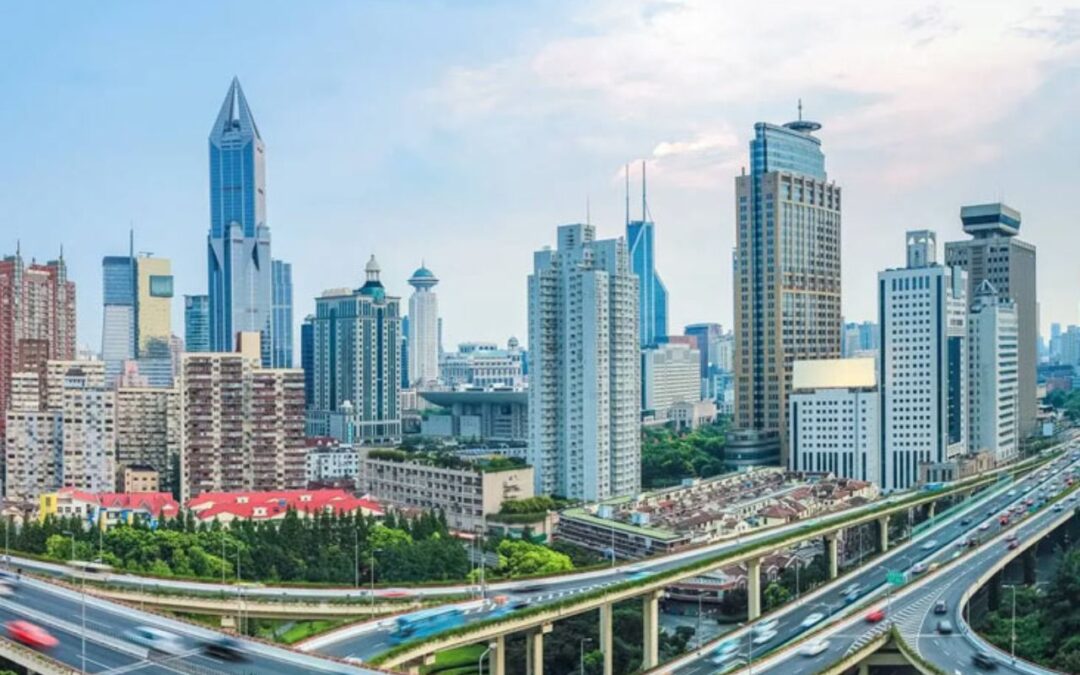Synopsis– The Smart City Index 2025 highlights global leaders like Zurich and Dubai, driven by technology, governance, and citizen well-being. While European and Middle Eastern cities excel, Indian cities face challenges of infrastructure, housing, and governance. Bridging these gaps is vital to achieving sustainable, competitive, and inclusive urban growth.
The worldwide quest for citizen-friendly, technology-led smart cities is accelerating, with cities looking to improve livability, governance, and sustainability. The IMD Smart City Index 2025 ranked Zurich first as a model of excellence, while Indian cities face significant challenges. This article analyses India’s rankings and explores opportunities for urban development.
Understanding the IMD Smart City Index
- Definition and Purpose: The IMD Smart City Index, developed by the IMD in collaboration with the Singapore University of Technology and Design (SUTD), defines a smart city as a technology-enabled urban area that improves citizens’ quality of life while effectively addressing the challenges of rapid urbanisation.
- Pillars of Evaluation: The index evaluates cities based on two pillars: Structure, which denotes physical infrastructure; and Technology, which encapsulates how the various digital services found across urban systems form an integrated offering. Thus, the two pillars serve as a common framework to assess both city operations and urban development.
- Key Parameters: Each of the two pillars is evaluated on five elements: health and safety, mobility, activities, opportunities, and governance. Together, these ensure a comprehensive assessment of where a city sits in terms of operational and experiential measures, accessibility measures, sustainability measures, and the overall well-being of its residents.
- Key Feature: The IMD index is different from other measures of smart city-ness in that it is measured from the perspective of the citizen, in that it captures how the citizen perceives the outcomes of governance, services, and daily life, providing a human-centred evaluation of a city’s smartness and an alternative data approach.
- 2025 Global Scope and City Count: The 2025 edition of the index measured 146 cities globally, including new cities: AlUla, Astana, Caracas, and Kuwait City, reflecting growing global interest in smart city initiatives and diverse approaches to urban innovation.
Global Leaders – Top Performing Cities
- Leading Cities: The 2025 IMD Smart City Index shows that the dominance of Swiss cities continues. Zurich is in the lead, followed by Geneva and other European leaders such as Oslo. Middle Eastern cities, especially Dubai and Abu Dhabi, have surged into these rankings.
- Key Success Factors: These cities are successful for a number of reasons: public transport systems that are efficient; infrastructure that is robust and sustainable; government that is inclusive; health care that is advanced; and digital-only services that are all integrated. Effective urban planning and novel technology, in cooperation with the functions of the city, help improve performance and benefit citizens.
- Regional Trends: Europe provided consistent leadership in urban innovation, with Swiss and Scandinavian countries as benchmarks for sustainability and governance. The Middle East is making rapid strides to catch up, driven by nationalistic ambitions to develop smart cities and enhance digital governance.
- Persistent Global Challenges: Even the best global cities in these rankings will be dealing with issues of housing affordability, air quality, and inclusive government. This indicates that urban innovation necessitates a continuous cycle of improvement in response to evolving citizen needs.
Indian Cities in the 2025 Index
- Delhi – 104 (CC rating): Leads among Indian cities but reflects moderate citizen satisfaction with infrastructure and governance.
- Mumbai – 106 (CC rating): Despite financial prominence, it struggles with congestion and fragmented urban systems.
- Hyderabad – 109 (CCC rating): IT hub status overshadowed by weak planning, mobility gaps, and poor livability.
- Bengaluru – 110 (CC rating): Technology capital hindered by urban sprawl, traffic, and air quality issues.
Insight: No Indian city entered the top 100, underscoring governance inefficiencies, unsustainable mobility, and limited improvements from 2024.
Also read: Top 7 Tier-2 Cities in India for Commercial Property Investment in 2025
India’s Smart Cities Mission – Domestic Progress
Launched in 2015, India’s Smart Cities Mission targeted 100 cities for technology-driven urban transformation. Key achievements include:
- Bhubaneswar – Developed integrated public service systems, enhancing efficiency.
- Indore – Recognised for smart waste management and strengthened public healthcare.
- Surat – Advanced ICT-based transit and digital payment solutions.
- Lucknow, Pune, Coimbatore, Kochi – Progress in mobility, digital governance, and sustainability initiatives.
While these projects reflect meaningful infrastructural and technological upgrades, the larger challenge persists in translating advancements into tangible daily benefits for citizens. Limited impact on livability and satisfaction continues to constrain India’s rise in global smart city rankings.
Challenges Holding Indian Cities Back
- Urban growth outpaces governance frameworks, causing inefficiencies and poor service delivery.
- Rising populations increase congestion, pollution, and stress on urban services.
- Limited low-cost housing deepens inequality and fuels informal settlements.
- Regulations exist but weak enforcement drives unsustainable urban expansion.
- Limited trust in governance platforms reduces citizen participation and satisfaction.
- Poor air quality and weak mobility systems lower global rankings.
Conclusion
The Smart City Index 2025 highlights both progress and persisting gaps. While global leaders demonstrate effective integration of technology, governance, and citizen well-being, Indian cities face structural challenges. Addressing housing, mobility, environmental sustainability, and governance efficiency will be vital for improving competitiveness and ensuring inclusive urban growth.
Written by N G Sai Rohith






